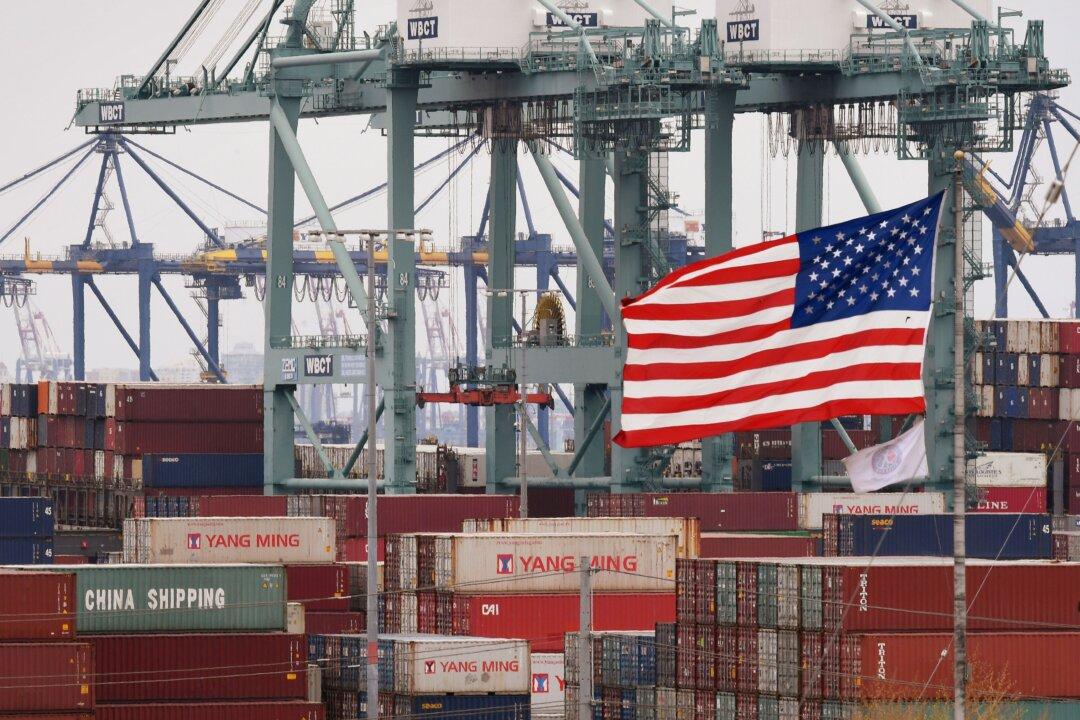Commentary
If China’s latest pronouncements are any indication, the pandemic caused by the CCP virus, commonly known as the novel coronavirus, is raising tensions between the United States and China to dangerous levels.

If China’s latest pronouncements are any indication, the pandemic caused by the CCP virus, commonly known as the novel coronavirus, is raising tensions between the United States and China to dangerous levels.